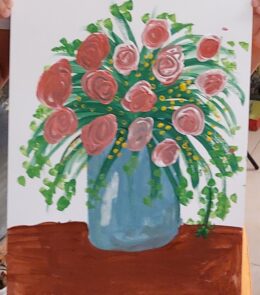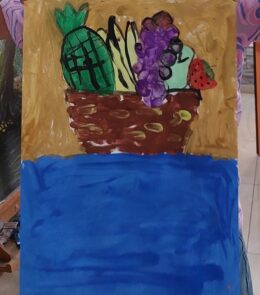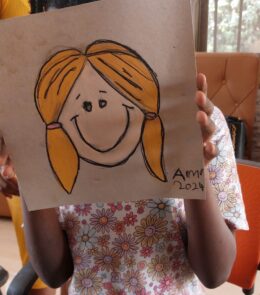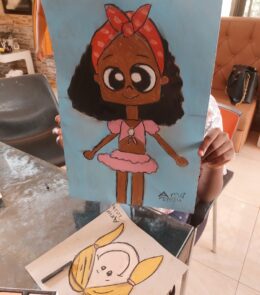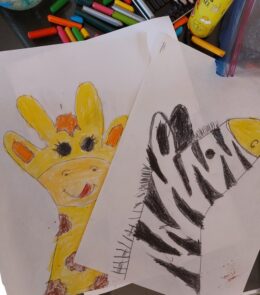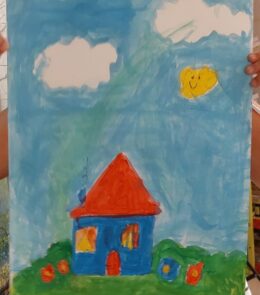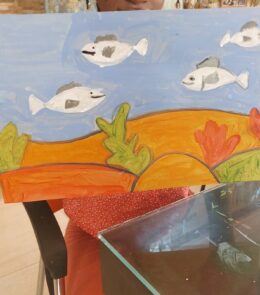Art for Autism
Art plays a vital role in the lives of individuals with autism, offering a unique avenue for expression, connection, and personal growth. Here are some ways in which art, particularly **painting**, positively impacts those on the autism spectrum:
- Communication Beyond Words: For many individuals with autism, verbal communication can be challenging. **Painting transcends language barriers**, allowing them to express their thoughts, emotions, and experiences through color, form, and texture. When words fail, art becomes a powerful means of communication.
- Sensory Soothing: The act of **painting engages the senses**—the feel of the brush on canvas, the smell of the paint, and the visual stimulation. This sensory engagement can be calming and therapeutic for individuals with autism, helping them manage anxiety and sensory sensitivities⁴.
- Self-Expression and Creativity: Art provides a safe space for self-expression. Through painting, individuals with autism can explore their inner worlds, express their unique perspectives, and create something tangible. This process fosters a sense of achievement and boosts self-esteem.
- Social Interaction: Art classes and group painting sessions offer opportunities for **social interaction**. Participants can collaborate, share ideas, and learn from one another. For individuals with autism, this social engagement is invaluable in building connections and reducing feelings of isolation.
- Emotional Regulation: Painting allows individuals to channel their emotions into their artwork. Whether it’s joy, frustration, or curiosity, the canvas becomes a receptive surface for emotional expression. Art provides a healthy outlet for processing feelings and experiences.
In summary, art painting isn’t just about aesthetics; it’s a bridge to understanding, self-discovery, and community for those with autism. Through creativity, they find their voice and connect with the world in beautiful and meaningful ways.


